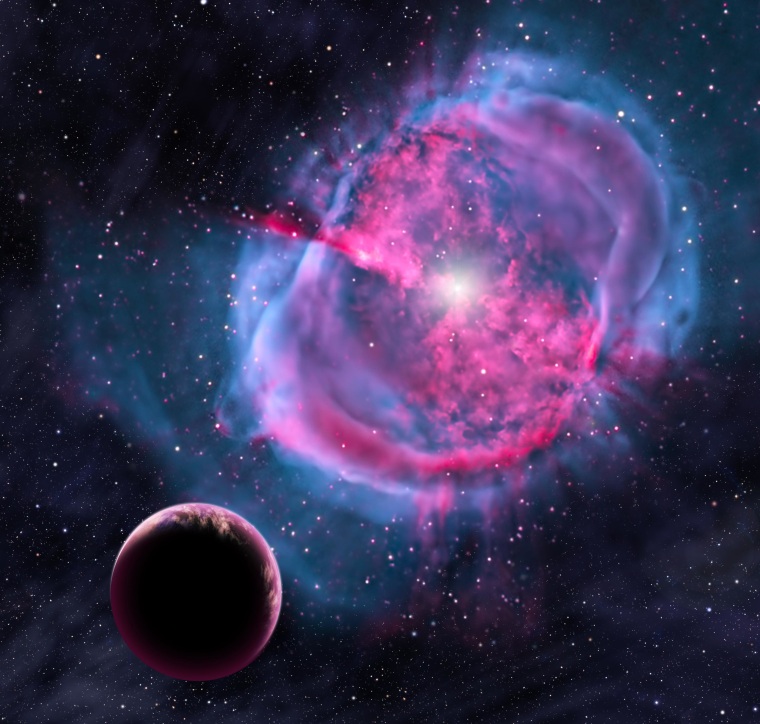NASA's Kepler spacecraft has discovered its 1,000th alien world, further cementing the prolific planet-hunting mission's status as a space science legend.
Kepler reached the milestone on Tuesday with the announcement of eight newly confirmed exoplanets, bringing the mission's current alien world tally to 1,004. Kepler has found more than half of all known exoplanets to date. The telescope has also spotted 3,200 additional planet candidates, and about 90 percent of them should end up being confirmed.
Furthermore, a number of these future finds are likely to be small, rocky worlds with temperate, relatively hospitable surface conditions — in other words, planets a lot like Earth. At least two of the newly confirmed planets appear to meet that description, Kepler team members say.
Those two planets, known as Kepler-438b and Kepler-442b, join six others that were added to Kepler's list in Seattle during the annual winter meeting of the American Astronomical Society. Kepler-438b orbits a relatively cool star that's 475 light-years away and is 12 percent bigger than Earth. Kepler-442b is 33 percent bigger than Earth, and is 1,100 light-years from us. [Gallery: A World of Kepler Planets]
Eight of the newly identified candidate planets appear to be between one and two times the size of Earth, and orbit in their stars' habitable zone — the area where water could exist in liquid form. Six of those candidates have parent stars that are similar to our own sun in size and temperature. However, all of the candidates require follow-up observations and analysis to verify they are actual planets.
"Kepler was designed to find these Earth analogues, and we always knew that the most interesting results would come at the end," Kepler mission scientist Natalie Batalha of NASA's Ames Research Center told Space.com last month. "So we're just kind of ramping up toward those most interesting results."
The latest findings have been submitted for publication in The Astrophysical Journal and The Astrophysical Journal Supplement.

The $600 million Kepler mission was launched in 2009 with the aim of determining how frequently Earthlike planets occur around the Milky Way galaxy. The telescope spots alien planets using the "transit method," watching for the telltale brightness dips caused when an orbiting planet crosses the face of its host star from Kepler's perspective. It can take years to build up the transit profile of a planet and confirm its size and orbit.
Kepler has not yet discovered a true Earth twin — an Earth-sized planet in the habitable zone of a sunlike star — but the mission is on track to figure out just how commonly these worlds occur throughout the galaxy, Batalha said. The spacecraft's fine-pointing navigation system failed in 2013, but Kepler's scientists have worked out an alternate planet-hunting strategy for an extended mission known as K2.
— Mike Wall, Space.com
This is a condensed version of a report from Space.com, and includes additional information from NASA. Read the original report. Follow Mike Wall on Twitter and Google+. Follow Space.com on Twitter, Facebook and Google+.